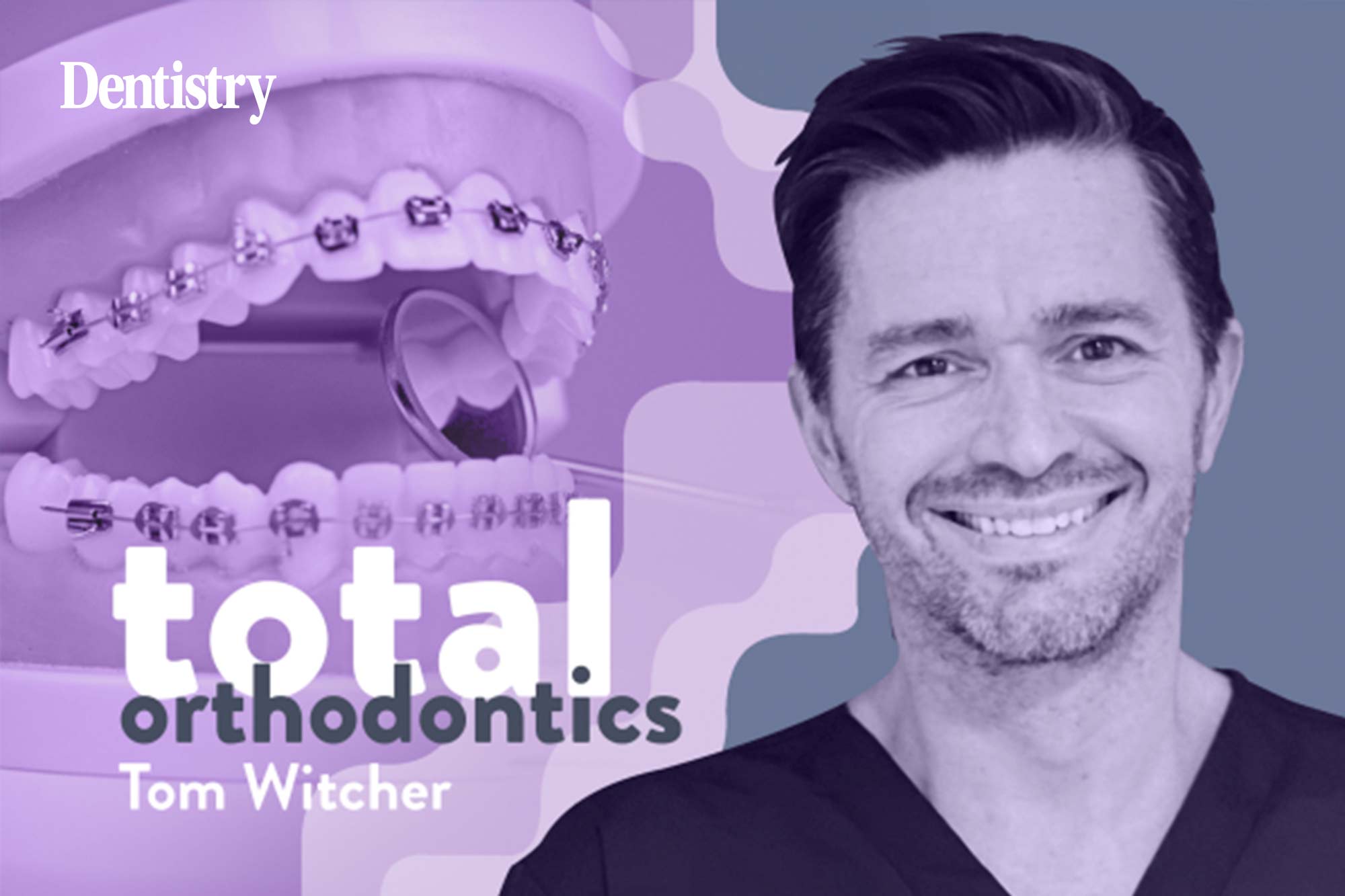
With a degree in psychology, Tom Witcher, a specialist orthodontist at Total Orthodontics Haywards Heath, part of Bupa Dental Care, discusses body dysmorphia and its significance in dentistry, including how to identify it and approach it with sensitivity.
Body dysmorphic disorder (BDD) is a mental health condition characterised by a preoccupation with perceived defects or flaws in appearance, which may be very minor or imperceptible to others.
Individuals with BDD commonly seek orthodontic treatment in an attempt to address their perceived flaws in appearance.
Therefore, orthodontists need to be aware of the possibility that a patient may suffer from BDD and approach their decision to have orthodontic treatment with thoughtfulness and sensitivity.
Body dysmorphia statistics
In the general population, BDD has been reported to have an incidence of between 0.7-2.5%. It may present from adolescence into the third decade.
The face is the primary body area focussed upon by sufferers in most cases, with around 86% of people with BDD by one estimate. This leads to a higher-than-average population rate of cases presented to orthodontists by BDD sufferers.
Females and males are affected, with the literature indicating a slightly higher incidence in females. Other psychiatric comorbidities are often present, for example personality disorders or depression.
Recent systematic reviews (Dons et al, 2022; Veale et al, 2016) have suggested that about 6% of orthodontic patients have diagnosable BDD, with this proportion rising among candidates for orthognathic surgery to 11%.
Whilst this is somewhat lower than the rate of BDD sufferers presenting to other specialities – around 20% in rhinoplasty cases, for instance – it is still significant. In addition, BDD presents a number of problems to both the patient and the orthodontist.
Identifying BDD in orthodontic patients
It can be challenging to treat BDD sufferers. This is because these individuals often do not recognise that it is primarily their perception of their appearance which is distorted, rather than their physical appearance per se.
Crucially, patients with BDD tend to be dissatisfied with the outcome of cosmetic treatment. This happens even when, by every objective measure, the treatment has been entirely successful.
This can be very distressing for both clinician and patient. It is clearly relevant when assessing the risk to benefit ratio of any proposed treatment.
There are no universally accepted tools to diagnose BDD. However, many questionnaires exist and have been used for diagnostic and research purposes. For example, the BDD-YBOCS and BDDE indices which are available online.
With a new patient in the chair, identifying the following may also help the orthodontist screen for BDD:
- A preoccupation with a perceived defect in the smile, teeth or jaws which is either imagined or extremely mild in nature
- That this perceived defect causes a disproportionate amount of distress to the patient, for instance, in social or occupational settings
- The patient may have sought other opinions for their perceived problem
- The patient may express frustration with those that cannot detect or share the same perception of the severity of the perceived defect
- An obsession with the perceived defect. This may display as hours of mirror gazing/measurements and documentation of perceived changes over time. Others may be so upset by the ‘defect’ that they avoid mirrors altogether
- A history of other cosmetic procedures.
Managing orthodontic patients with BDD
If you feel that a prospective orthodontic patient may be suffering from BDD, then communicating your concerns openly and empathetically from a very early stage is in the patient’s best interests.
It is important to clearly explain that you have concerns that they may be showing some signs of body dysmorphia. In addition, it is helpful to have a friendly discussion about the main features of the condition.
Identifying and explaining the fact that BDD sufferers tend not to be happy with any cosmetic outcome of treatment is also crucial.
Clearly, if you feel that undertaking treatment is not in a patient’s best interests, then declining to undertake treatment is the only ethical decision you can make. This is much more likely in treatments with no health or functional benefits.
It may even be helpful to involve a mental health professional in treating patients with BDD. This could be in cases where both the orthodontist and the patient decide to proceed.
A mental health professional can provide additional support. They could also work with the orthodontist to develop a treatment plan that addresses the patient’s dental concerns and mental health needs.
Treatments such as cognitive behavioural therapy (CBT) (Rosen et al, 1995) and pharmacological adjuncts such as SSRI’s (Allen et al, 2000; Phillips et al, 1995) have been shown to help people with BDD.
Communication and awareness
It is important to set realistic treatment goals with patients with BDD, and to outline and clearly communicate the limitations of orthodontic treatment.
It is also important to emphasise that orthodontic treatment is not a ‘cure’ for body dysmorphia disorder. In addition, their concerns may be redirected to another aspect of their appearance.
Therefore, additional mental health treatment may be needed to address the underlying causes of the disorder.
All this highlights why we, as clinicians, need to be aware of the possibility of our patients suffering from BDD.
It is ultimately our responsibility to screen for this condition. There is no shame in discussing it frankly with our patients.
Without this, we risk providing patients with treatment which is not in their best interests.
Read previous Total Orthodontics columns:
- Early interceptive treatment: when to refer
- Orthodontics to the rescue!
- Extracting poor prognosis first molars in mixed dentition
- What are fixed functional appliances?
- The ins and outs of DIY orthodontics.
Follow Dentistry.co.uk on Instagram to keep up with all the latest dental news and trends.

